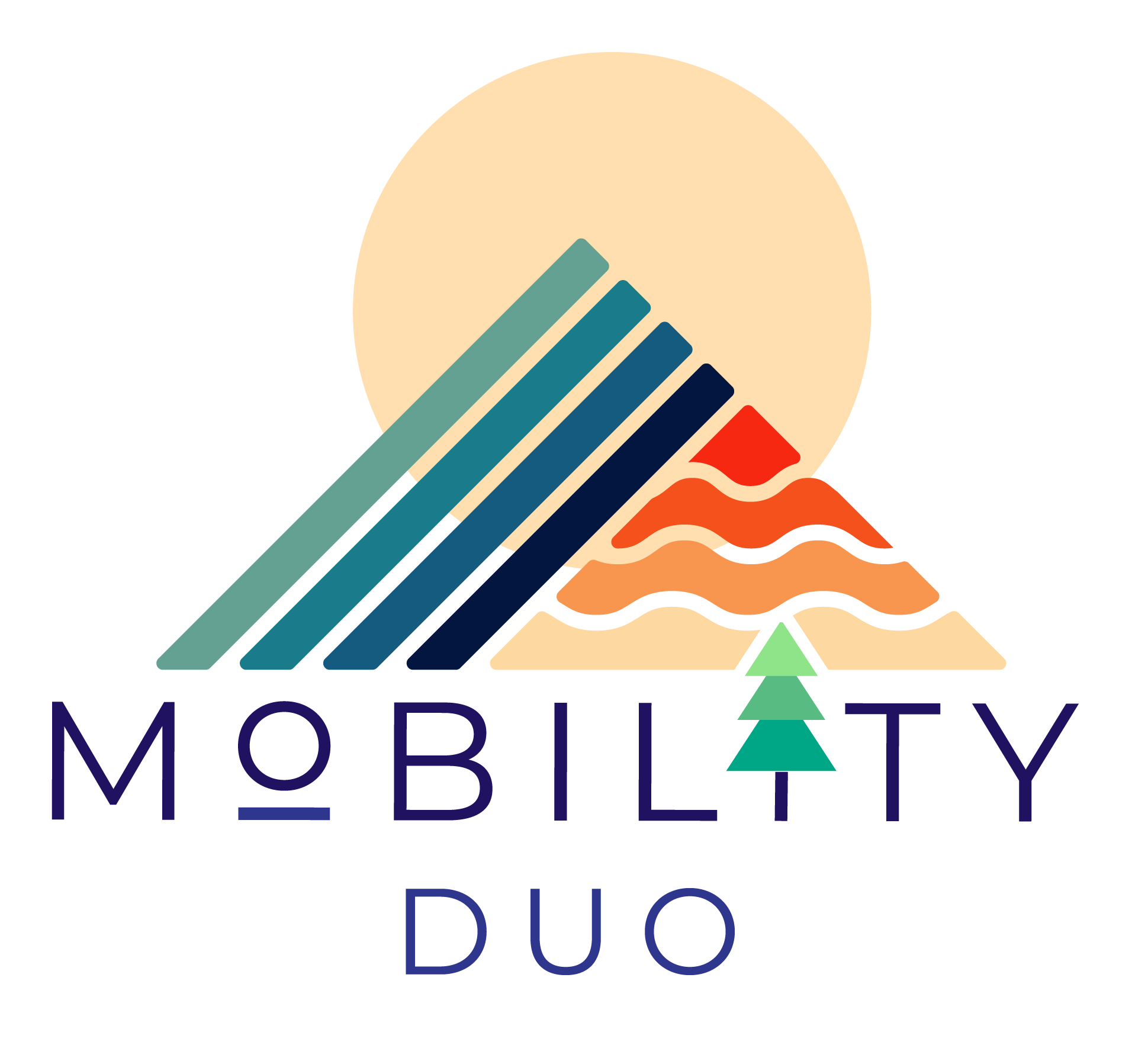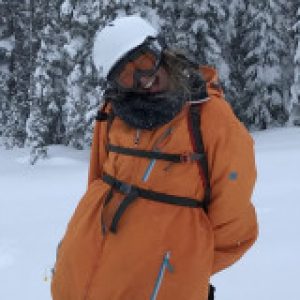Learning how to turn a snowboard is key for safe and enjoyable riding. This guide covers everything from the basics of stance to advanced carving techniques. Get ready to improve your turning skills step by step.
Mastering the Basics of Snowboard Stance

Your snowboard stance is the foundation of your riding technique. A proper stance ensures balance and control, making it easier to navigate the slopes and execute turns. Begin by trying out different stance widths and angles to discover what feels most comfortable. Generally, a stance that is wider than shoulder width offers better stability and control for most riders.
Once you’ve found a comfortable stance, focus on the positioning of your body. Keep your knees, ankles, and hips flexed (bent) to maintain balance. Imagine sitting in a chair; this position is particularly effective for performing heel-side edge turns. Your torso should remain upright, with your shoulders aligned in the direction of the board. This alignment allows for better energy storage and minimizes unnecessary tension while riding.
Finally, ensure that the pressure is evenly distributed between your feet. Balanced pressure between your feet is key to maintaining control and improving riding efficiency. The right stance sets the stage for successful turns and a more enjoyable snowboarding experience.
Initiating Your First Turn

Initiating your first turn can be a thrilling yet challenging experience. First, determine whether you ride with your right foot forward (goofy) or left foot forward (regular), as this impacts your stance and comfort.
To begin, start with a reference stance width recommended for your height. Pointing straight down the fall line (downhill) helps initiate your first turn effectively. As you start to turn, use your upper body and head to guide your direction. Your front foot should start to initiate the turn, moving pressure along the heel/ edge, then moving up the kinetic chain (knees/ hips). Your shoulders should rotate slightly in the direction you want to go, which will naturally lead your snowboard into the turn.
Smooth turns require gradual movements. Avoid jerky or abrupt motions to maintain balance and control. Practice makes perfect, so take your time and focus on the fluidity of your movements.
Using Your Shoulders and Hips
Your shoulders and hips play a pivotal role in executing effective turns. Engaging your hips during turns helps balance weight distribution, which is crucial for maintaining control. Proper hip angulation is especially important for carved turns, as it allows you to drive pressure through the snowboard and maintain balance.
Rotating your shoulders in the direction of the turn initiates a more effective carving motion. For beginners, it’s important to keep your shoulders closed and steady to enhance the effectiveness of turns. This stability ensures that your upper body works in harmony with your lower body, leading to more controlled and efficient turns.
A relaxed and neutral stance helps store energy and reduce unnecessary tension while riding. This relaxed stance not only improves your overall riding experience but also prepares you for more advanced techniques as you progress, allowing you to find your balance point.
Footwork: Toe Edge vs. Heel Edge
Footwork is a fundamental aspect of snowboarding, particularly when it comes to turning. Toe edge turns primarily engage the front foot, allowing for better control when initiating a turn. Engaging the front foot’s toes aids in shifting weight, which is crucial for effective toe edge turns.
On the other hand, heel edge turns rely more on the back foot, which helps stabilize the snowboard during the turn. When on the heel edge, your hips should be bent to support better control through the turn. The position of your toes on both feet influences your balance and direction during turns, so it’s important to be mindful of your foot placement.
Front foot angles between +15 to +21 degrees enhance the ability to maintain pressure while turning. Practicing these footwork techniques will enable you to perform toe and heel edge turns with greater precision and confidence, including the edge angle, and improve your front foot toes.
Work on J turns which are essentially moving downhill, initiating your edge, and carving until you come to a stop or want to link. You can also work on C turns which are essentially more edge engagement creating a C in the snow, eventually coming to a stop.
Linking Turns Seamlessly

Once you’ve mastered individual turns, the next step is linking them seamlessly. Aligning your shoulders with the snowboard enhances turn execution, enabling smoother transitions. Proper shoulder alignment ensures smooth turns and prevents unwanted rotation.
To effectively connect turns, allow your snowboard to glide across the slope after completing a turn. This glide helps initiate the next turn by naturally aligning your body and board in the same direction. Releasing pressure on your back foot during a carve aids smoother transitions and better control.
Linking turns seamlessly creates a fluid riding experience, making it easier to navigate varying terrains and slopes. Practice this technique regularly to improve your overall riding efficiency and enjoyment.
Advanced Techniques: Carved Turns and Skidded Turns

As you advance in your snowboarding journey, mastering carved and skidded turns will significantly enhance your control and stability. Carved turns allow you to maintain speed while effectively navigating the slope. Essentially this means initiating that edge to 'slice' through the snow without spraying/ skidding snow along the base. Developing an open stance can improve your carved turns by enhancing your ability to manipulate the board’s edge. Mastering where your pressure is along the edges can significantly improve this.
Practicing different carving techniques, such as Indy and Melon carves, can help improve your overall turning skills. Skidded turns use the snowboard’s edges to change direction quickly without significant speed loss. Skidded turns are particularly useful in crowded areas or when quick adjustments are necessary, giving you more responsive control. You will see a noticeable spray of snow if you look back at your line.
Advanced riders may use shoulder rotation techniques to generate more power during turns. By incorporating these advanced techniques into your riding, you’ll be able to tackle more challenging slopes with an uphill edge of confidence and precision.
Common Mistakes and How to Avoid Them
Even experienced riders can fall into common mistakes that hinder their performance. A common mistake is turning too quickly, which can cause a loss of control due to too much speed. Straight legs on heel turns can negatively impact your balance and control. Inadequate slowing on toe turns can cause instability. Breaking at the waist while turning can result in poor posture and control, especially when combined with bent knees.
The heel edge is often easier for beginners because it mimics a squatting position, which most people are familiar with. Correct these mistakes by maintaining good posture and transitioning edges properly. With a little practice and attention to proper techniques, you’ll be able to avoid these common pitfalls and improve your overall riding experience.
Importance of Professional Instruction
Professional ski/ snowboard instructors can significantly improve your ability to master proper techniques. Certified instructors undergo rigorous training to master both snowboarding techniques and instructional methods. They create a positive learning environment, focusing on guest engagement and enjoyment.
PSIA certified instructors are equipped to adapt lessons for different age groups, ensuring that both children and adults learn effectively. Lessons from certified snowboard instructors help you progress faster and with more confidence.
Professional instruction not only helps you learn the basics but also provides personalized feedback to correct your mistakes and refine your skills. Investing in lessons from certified instructors is a valuable step in becoming a proficient snowboarder.
Enhancing Mobility for Better Turns
Enhanced mobility is essential for executing better turns on your snowboard. The SNOGA program is designed specifically for snowboarders, focusing on mobility in crucial areas such as ankles, knees, and hips to help advance skills and prevent injuries. Clients who participated in the SNOGA program reported improvements in flexibility, reduced back pain, and increased comfort with yoga flows.
The Shred 3.0 program includes strength, endurance, and mobility exercises, along with a thorough assessment of strength, flexibility, and mobility. These programs are aimed at enhancing your overall snowboarding performance by improving your body’s ability to move and react.
Incorporating these mobility and strength programs into your routine will help you execute turns with more control and precision, enhancing your overall riding experience.
Summary
In summary, mastering the art of turning on a snowboard involves understanding and practicing various techniques, from the basic stance to advanced carved and skidded turns. By focusing on your stance, using your shoulders and hips effectively, mastering footwork, and linking turns seamlessly, you’ll significantly improve your snowboarding skills.
Remember to avoid common mistakes and consider investing in professional instruction to enhance your learning experience. Improving your mobility through programs like SNOGA and Shred 3.0 will also contribute to better performance on the slopes. Embrace these tips and techniques, and you’ll be carving down the mountains with confidence and style in no time!




Leave a comment